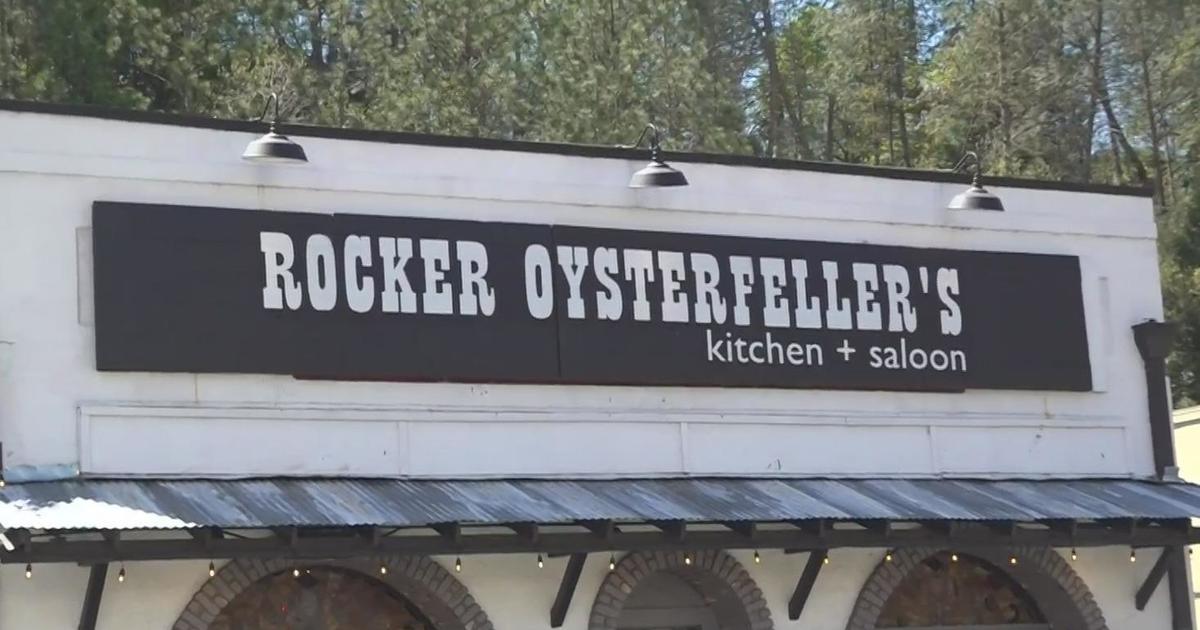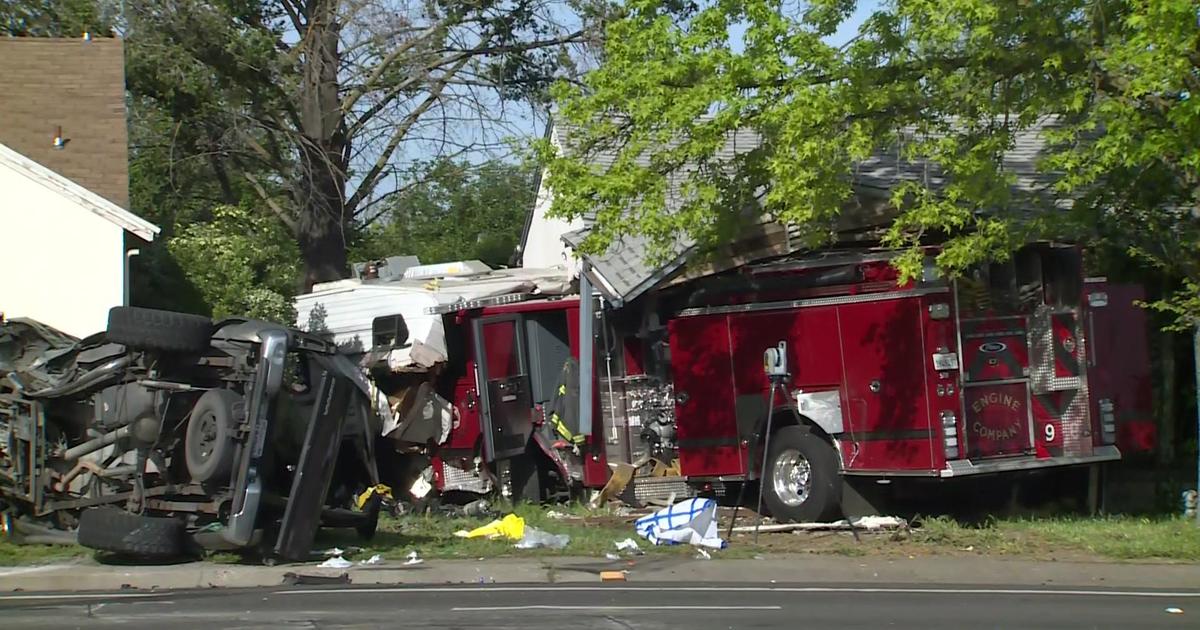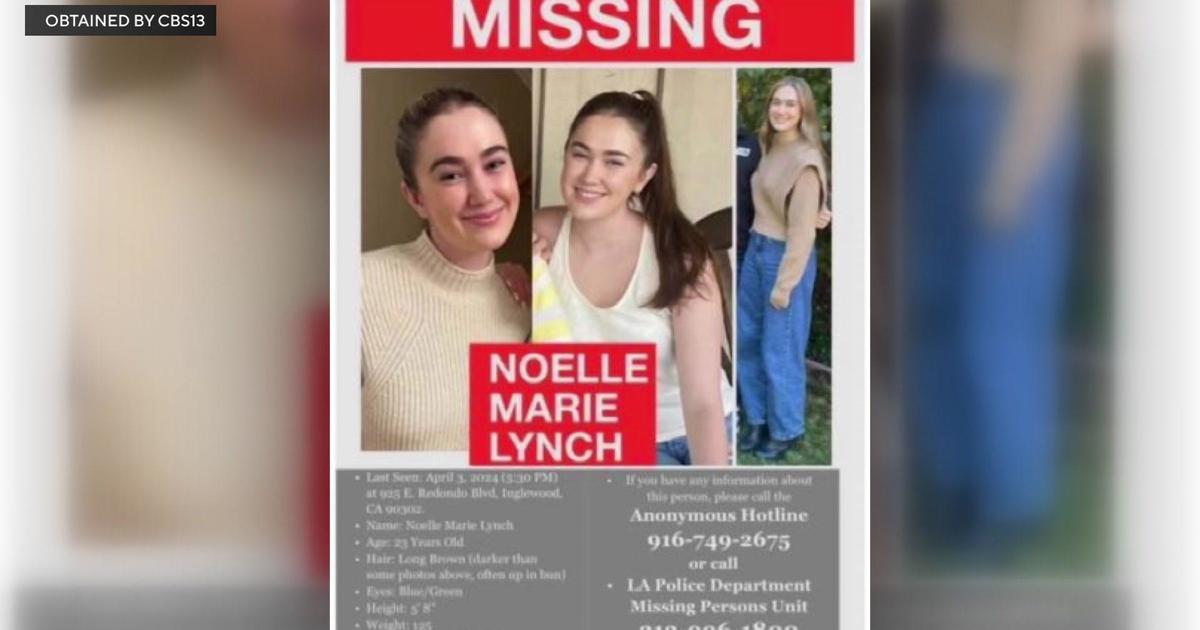Tough Choice For Wildfire Survivors: Rebuild Fast Or Better?
SANTA ROSA, Calif. (AP) — The most destructive complex of wildfires in California history wreaked most of its damage and deaths among housing subdivisions in this San Francisco Bay Area bedroom town, leaving survivors with little but white ash and hard choices: Rebuild quickly as things were, rebuild defensively against future fires, or abandon some burned neighborhoods entirely as lethal mistakes in the country's most wildfire-prone state.
With $3.3 billion in insured losses so far and 8,900 homes and structures destroyed, the scale of loss from October's Northern California wildfires is unusual, but the devastated areas had burned before and almost certainly will again, fire ecologists say.
The weeks since have given rise to conflicting desires for rebuilding.
Many families are eager to rebuild as before, and local officials have vowed to speed them along. Wildfire experts, meanwhile, are urging California officials to consider seizing the moment to strengthen regulations.
If authorities take bigger steps toward fire-safety now, "when the next fire comes, which it will, the horrific impacts will be avoided," said Caitlin Cornwall, a research biologist with a Sonoma County nonprofit and one of the hundreds of survivors, regulators and developers cramming meetings and town halls to plot out recovery. The fires that started Oct. 8 burned one in every 10 acres in Sonoma County, a territory stretching from the Pacific to redwood groves to commuter cities and wine valleys.
Following wildfires, urban areas tend to build up more densely despite the remaining fire risk, and residents tend to build in only as many fire-defense measures as regulations require, researchers with the U.S. Forest Service and University of Wisconsin found from studying rebuilding after past U.S. wildfires.
Rebuilding also often takes years longer than residents realize. In California wildfires studied, just 35 percent of buildings lost were rebuilt within five years, the researchers determined.
"We found people generally don't change their behavior in terms of how they rebuild, what materials they use, or how they landscape, if there aren't incentives in place," said Anu Kramer, a wildfire-rebuilding researcher at UW.
The motivation to quickly rebuild often leaves little time for authorities to impose tougher fire standards, Kramer said.
In the hard-hit Santa Rosa neighborhoods of Fountaingrove and Coffey Park - where the fires obliterated block after block of homes, as well as big box-stores and hotels - some residents already are banding together to quickly rebuild houses using their old blueprints.
Flames spread fast among houses crowded together on hilltops for million-dollar views over the coastal ridges. Homeowners bent on getting as much house as possible on their lots can make them more vulnerable in wildfires, experts say.
In Fountaingrove as elsewhere now, many just want to "try and get houses rebuilt on the same footprint for the least amount of money," said David Rust, a retired housing contractor who wore a white hazmat suit this week to pick through the few identifiable lumps of metal in the ruins of his family's home.
The affluent neighborhood was an acknowledged fire-risk area in a state that the national Insurance Information Institute trade group says is the nation's most wildfire-prone.
Santa Rosa, a more affordable alternative to San Francisco, saw its population rise by about 10 percent in 10 years and housing pushed into formerly open areas where wildfire previously could strike without threatening humans.
Mayor Chris Coursey has worried about the loss of 5 percent of Santa Rosa's housing stock in the fires and stresses that he wants to make rebuilding as easy as possible for homeowners.
"People have a right to rebuild what they had, if that's what they want to do," Coursey told a meeting last month. "I don't think we have any business getting in their way, legal or otherwise."
Sonoma County Supervisor Susan Gorin, who lost her home on the vulnerable edge of a housing development near the vineyards in Sonoma Valley, is among those asking if it makes sense not to rebuild in fire-prone neighborhoods like Fountaingrove. She is quick to add that is a decision for Santa Rosa city officials, though.
Those neighborhoods "lost the largest number of structures, but I am not going to say you cannot rebuild," Gorin said.
Newer building codes already in place in California will force some new defense measures when people rebuild. They include a 2010 law mandating sprinklers even in single-family homes.
How insurance companies respond to the disaster also will be critical. Some homeowners could find it harder or impossible to get home insurance, state insurance commissioner David Jones said this week.
Fire experts point to a host of defensive measures homeowners could adopt, from fire-resistant roofing and screens that keep embers out of attics to keeping flammable vegetation far from homes. Communities require local-level planning, such as steps to discourage crowding of structures and encourage evacuation procedures, experts say.
Many homeowners also will confront the reality that their insurance payouts won't cover the additional cost of fire-proofing or other safety upgrades.
Land-use planning that could bar building in the most vulnerable areas is harder to pull off politically, fire researchers note.
Ultimately, "all of us as taxpayers are sort of picking up the bill in one way or the other" for wildfires, said Max Moritz, a Santa Barbara-based wildlife management researcher. If the public is subsidizing the costs, it should also have a say through regulations to determine where and how people can build, he said.
In Fountaingrove, David and Shelly Rust are thinking of rebuilding on their fire-leveled lot, then selling and moving away from California and its wildfires. David Rust is planning a fire-resistant wilderness home, with a metal roof, flame-resistant siding and a gel that releases from the roof ridge to douse hot spots.
"I honestly thought it was more suburban here than could ever be taken over by an out-of-control wildfire," David Rust said.
(© Copyright 2017 The Associated Press. All Rights Reserved. This material may not be published, broadcast, rewritten or redistributed.)



